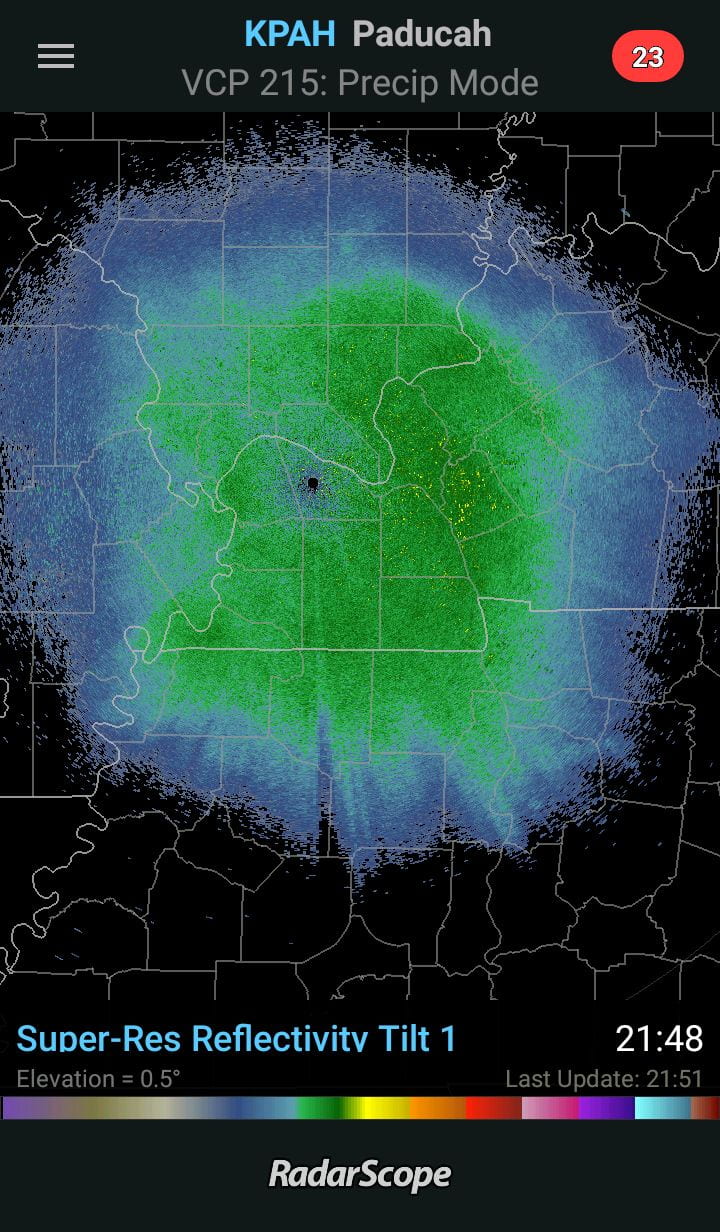On the morning of February 24, 2021 I found myself checking out the weather radar mosaic in search of any signs of northerly movement from our migratory bird species who had been wintering in warmer regions. As timing would have it, I found an area in the Southern regions of the US that had the tell tale signs of migratory movement.

In the image above, the areas circled in yellow are what migrating birds look like on weather radar. So It does appear that the northbound migration signifying springtime has indeed begun. The large area in the red circle is something else entirely. The area in the red circle, is caused by ducting of the radar beam toward the ground. I was suspicious of a thermal inversion in the area so I called up a Skew-T diagram (Air profile) for Lake Charles, LA. Seen Below.

What the heck are we looking at? No worries, for now, we will only pay attention to the temperature; that;s the red line. We’ll focus our attention on the section of the red line enclosed in the black rectangle, (well, sort of a rectangle) with the arrow pointing at it. Because the temperature of the troposphere normally decreases with height, the area within the black rectangle, actually increases with height. That is called a thermal inversion. So by looking into the area outlined with the black rectangle, we can see there is a strong thermal inversion near 1000mb, another inversion near 900mb, another around 850mb and another near 725mb. For a total of 4 inversions within this temperature profile within the black rectangle. When you see a temperature profile like this, particularly the strong inversion near 1000mb, one can expect to see ducting returns on the nearby weather radar product.
This Brings us to the cliff swallows (oh, surprise). I went onto ebird to find out where the latest sightings of cliff swallows were. As of last week the reports are depicted on the map below.

The wintering homes of the cliff swallows are located in Paraguay and Argentina. However, as early as February we can see some of the cliff swallows are already being sighted in Central America and in parts of California. Since the nesting season for cliff in California begins as early as March, it isn’t unusual to have cliff swallow sightings in that region in late February. Stay Tuned!
